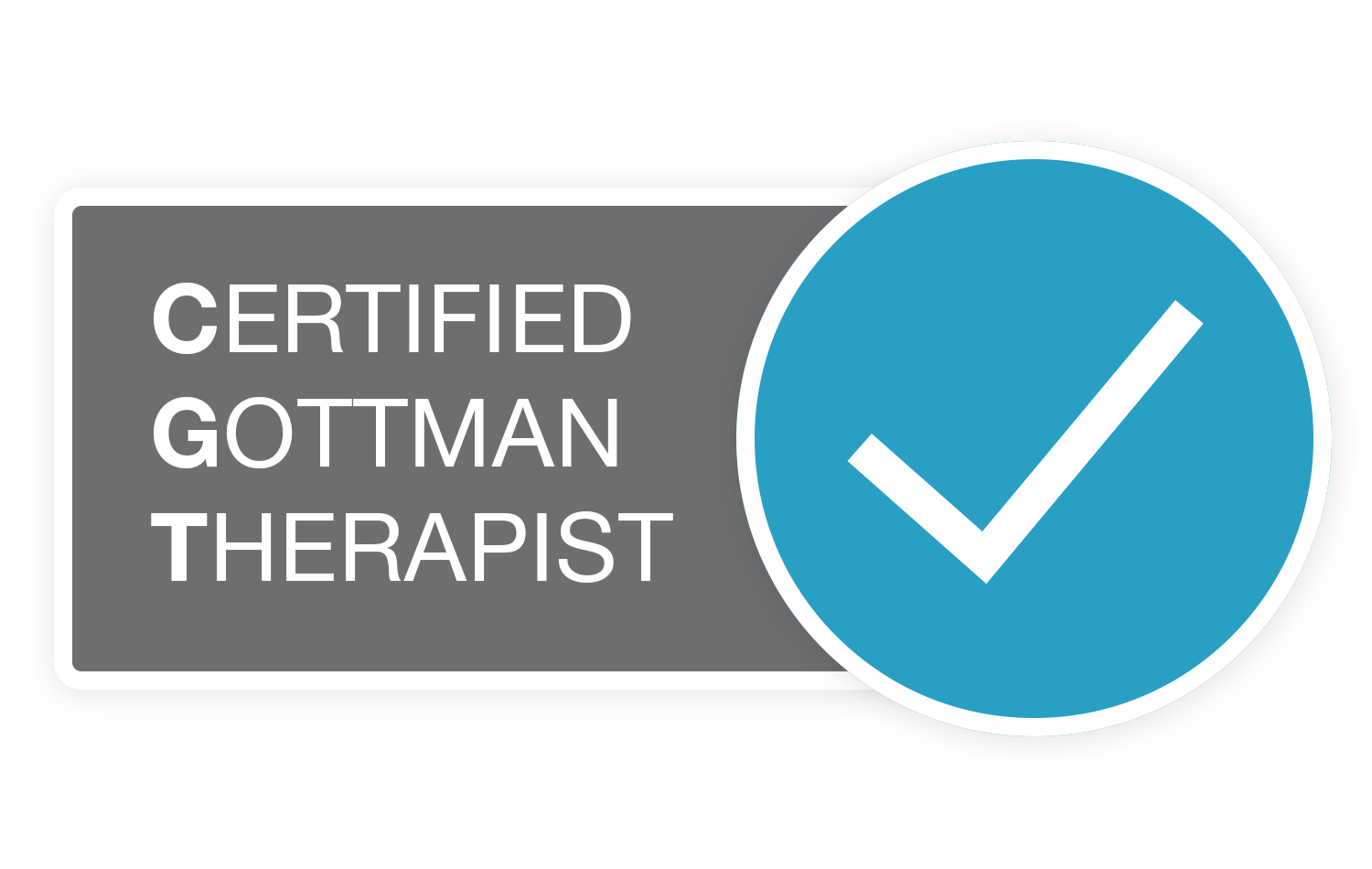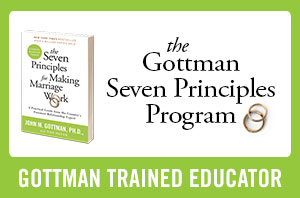One of the first skills I often teach is mindfulness since it has many different uses and benefits. A simple definition of mindfulness would be focusing on one thing at a time, in the present moment, with awareness and acceptance. There are two main types of mindfulness: informal and formal. Informal mindfulness practice involves taking something you are already doing such as taking a shower, eating breakfast, or walking to work, and trying to do it more mindfully with awareness of what you are experiencing in the present moment. Formal mindfulness practices occur when you take five or so minutes and practice focusing on the present moment whether it is focusing on your breathing, an object, your pulse, etc. Meditation would be more of a formal mindfulness practice.
Just like any new skill, mindfulness can be very hard to implement and incorporate into your life. I like to practice mindfulness myself and often run into the same problems my clients do when trying to practice. Here are a few of the common obstacles I have found clients (as well as myself) have encountered throughout the years.
“I can’t do it.”
When clients tell me this, what they often really mean is that they find it very hard to do. Think of mindfulness like you think about working out. Most people find working out hard to do at first, but if you keep at it, it gets easier. The same goes for mindfulness. The key is to keep practicing in spite of it being hard.
“I don’t have time.”
This is often my problem with mindfulness! It’s also the easiest to fix! You do not have to take time out of your day to practice mindfulness. You can do it with any activity, anywhere, anytime! That’s the beauty of informal mindfulness — taking an activity you already do and doing it more mindfully. One of my favorite informal mindfulness exercises to do is to pet my cat mindfully. Often I pet her so she will stop annoying me, but when I turn it into a mindfulness exercise for myself, I focus on what her fur feels like beneath my hand, listen to the sounds she makes (if any), and look at the features of her face. When you are practicing formal mindfulness, it also does not have to be for a long period of time. Customize the length of time to suite your needs. I often practice focusing on my breathing for 2 minutes.
“I can’t stay focused!”
This is another one of my favorite problems. Not being able to focus is perfectly normal! Our minds are thinking a million different thoughts a day! It’s what our minds are designed to do! The key here is to throw your agenda and expectations out the window. Holding onto goals such as being able to focus actually get in the way of being able to be in the present moment. Mindfulness is less about staying focused and more about noticing (without judgement) when your mind drifts and bringing it back to the present moment.
“When I practice, I start to think of things I don’t want to think about (grief, sadness).”
Part of mindfulness is training your mind so that you are in control! Mindfulness is not about avoiding or suppressing painful thoughts or emotions, it is about accepting them and not judging whatever comes up. If you are practicing mindfulness and focusing on certain things (sounds etc.) brings your mind back to past painful events, it won’t be helpful to let your mind take you where it wants you to go (back to that loss etc.). So instead of letting your mind take you to an unhelpful place, simply acknowledge your thoughts and focus your attention back to the exercise. Being able to realize when your mind drifts and bringing it back to the present moment is one of the most powerful aspects of mindfulness. Once you have completed the exercise, you can explore the feelings that arose.
“It makes me tired.”
For people with sleeping problems, drifting off to sleep while practicing mindfulness might be a good thing! You can practice it before bed and get to sleep faster. But mindfulness is being aware of the present moment, and how can you be aware if you are asleep? Relaxation is not the goal of mindfulness, but it is often a secondary benefit because people often choose relaxing activities such as mindfulness exercises (taking a bath, focusing on your breath, body scans). Some people are so busy in their lives and don’t spend time focusing on one thing that when they finally do this, they get bored and sleepy. The key is to treat feeling tired or bored like any other urge. Make room for it, acknowledge it, and focus your attention back to the exercise.
Hopefully these common obstacles and solutions will help you further your mindfulness practice! Don’t give up! With more practice, you will soon be the master of your own mind! For a quick introduction to mindfulness, check out this video.
 Thankfully, there is a way out. There are many ways. Consider giving these a try.
Thankfully, there is a way out. There are many ways. Consider giving these a try.



